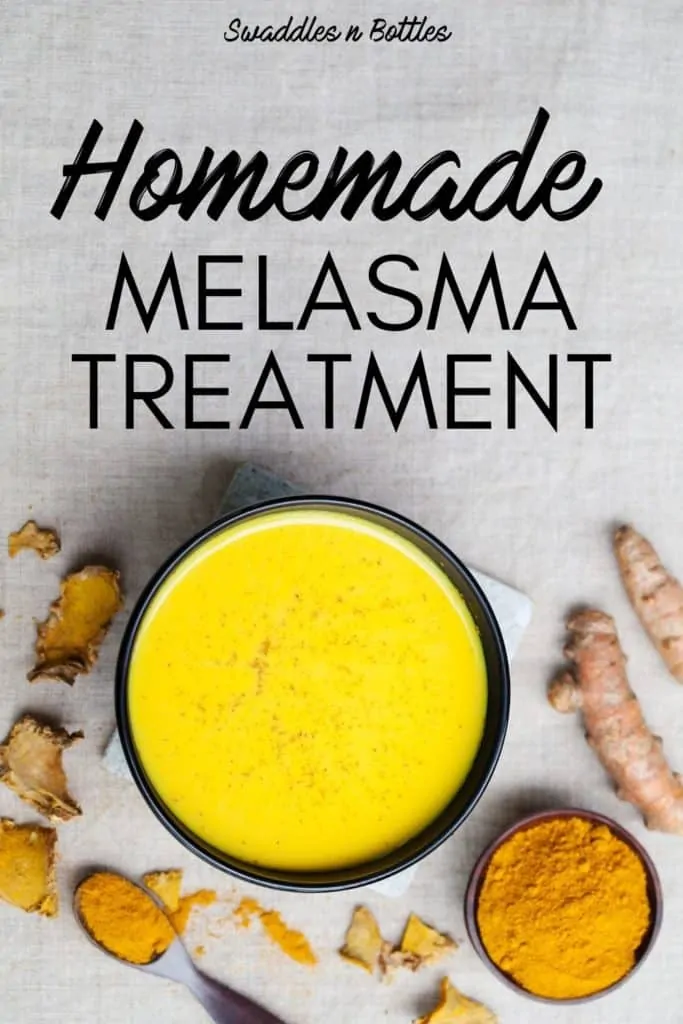
A Simple Guide to Melasma during Pregnancy
Research shows that 15-50% of pregnant women suffer from melasma, a condition characterized by dark and discolored patches on the skin. According to the American Academy of Dermatology’s research findings, more than 90% of people who suffer from this skin condition are women.
It is a commonly occurring problem in pregnancy and leads to greyish patches or brown spots on the skin. The color of spots depends on the skin type, and the intensity of discoloration ranges from small to large patches.
Although you can have discoloration at any time during the pregnancy, it commonly occurs during the second and third trimester. In today’s article, we will talk about melasma during pregnancy, its causes, and possible treatments. Read on!
Causes of Melasma
There are various causes of melasma during pregnancy. The most common cause is fluctuations in certain hormones during pregnancy. It also occurs due to hormonal contraception, which includes hormone replacement therapy and birth control pills.
Estrogen increases Tyrosinase levels in the body. Tyrosinase is an enzyme that plays a crucial role in pigment formation. Estrogen also interacts with the skin’s melanocortin receptors, making your skin cells sensitive to sun rays.
The fluctuation in estrogen levels during the second and third trimester can increase melanin levels, causing dark spots and patches on the skin. Besides hormonal fluctuations, ethnicity and genetics are also associated with melasma formation.
Research shows that women from Asian, Arabian, and Latin ethnic backgrounds are more prone to developing melasma during pregnancy. Some studies show that stress, depression, and thyroid condition can also cause melasma.
Moreover, UV rays from the sun can also trigger melasma during pregnancy. Because the skin cells become more sensitive during pregnancy due to fluctuations in estrogen levels, the UV rays penetrate the epidermis and stimulate the cells to produce more pigment. As a result, you develop dark patches or spots on your skin.
Brown-colored patches appear on the forehead, cheeks, nose, and chin. Melasma also appears on your neck and forearms. Although discoloration does not harm the skin, it can affect your self-esteem and confidence because most women are conscious about their looks.
Possible Treatments for Melasma
There are various homemade and medical treatments for melasma. Generally, melasma will fade away on its own with time. Melasma can fade when you deliver your baby or stop taking contraceptive pills.
However, some women can suffer from the condition for years. It is essential to seek medical treatment or try homemade remedies if your condition does not go away after delivery. Let us now talk about some of the best treatments for melasma.
Topical Ointments/Creams
Dermatologists prescribe topical creams and ointments to reduce melanocyte activity in the skin to slow down pigment production. Hydroquinone, Tretinoin, and corticosteroids are commonly used topical medications for melasma.
Hydroquinone is the first line of treatment for melasma. It is a topical application that works by penetrating your skin cells to suppress the production of pigment. Hydroquinone comes in different forms, such as lotion, cream, gel, and liquid.
You can get hydroquinone from the pharmacy without a prescription. However, we recommend you consult with your doctor or dermatologist before using this topical medication. Your dermatologists will prescribe Tretinoin and corticosteroids as a second medicine to suppress melanocytes and enhance skin lightening.
Sometimes, your dermatologist will prescribe a “Triple Cream,” which is the combination of Tretinoin, Hydroquinone, and Corticosteroids. The Triple Cream has been found more effective in treating melasma during pregnancy.
Pregnant women are given topical medicines that contain kojic acid and Azelaic acid to help lighten dark patches on the skin. Moreover, your health provider may recommend specific procedures, including microdermabrasion, dermabrasion, chemical peel, and laser treatment. Make sure you consult an experienced dermatologist for these procedures to reduce the likelihood of adverse effects and complications.

Homemade Remedies
Homemade remedies for melasma during pregnancy include apple cider vinegar, turmeric, and onion juice. Apple cider vinegar contains acetic acid that helps remove dark spots and glow the skin. Make sure you mix apple cider vinegar with water before applying it to your skin.
Turmeric is the best natural remedy for melasma. It has incredible medicinal properties and effectively treats various skin conditions, including melasma during pregnancy. Turmeric reduces melanin in your skin cells and helps fight dark patches.
Make a thick paste by mixing 5 tbsp. of turmeric powder with 10 tbsp. of milk and apply it on the affected areas. Once it dries up, wash your face with lukewarm water. Onion juice is another effective remedy to remove dark spots and restore your natural skin tone. You can mix onion juice with apple cider vinegar and apply it to the skin.
Use Sunscreen (SPF 30+)
Furthermore, it is essential to protect your skin from the harmful UV rays of the sun. Choose a sunscreen with SPF 30 or more and contains ingredients like titanium dioxide and zinc oxide to limit the harmful effects on sun rays. Apply sunscreen 15-20 minutes before you go outside.
Final Words
Melasma is a common skin condition triggered by hormonal changes during pregnancy. It is characterized by dark spots and patches appearing on different skin areas, such as the forehead, cheeks, neck, and forearms. Apply homemade creams or over-the-counter topical medicines to combat melasma. Good Luck!









